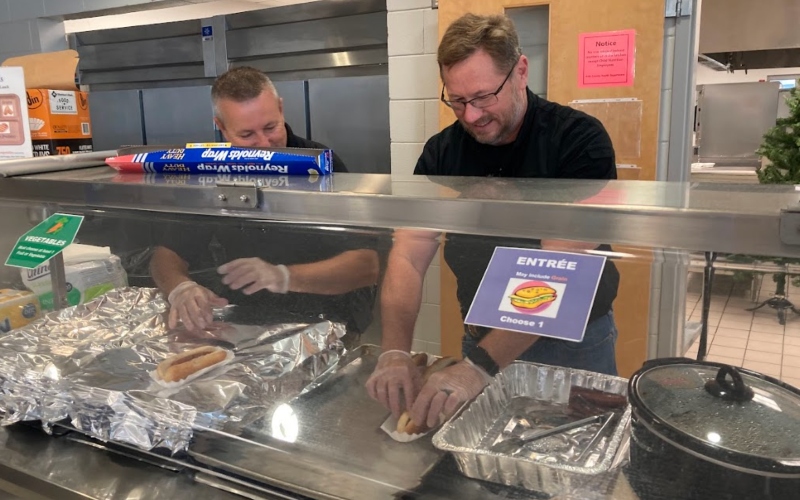Patriots lit torches for liberty — literally
Published 12:41 pm Friday, July 18, 2025
|
Getting your Trinity Audio player ready...
|
By John Hood
It was 250 years ago this week that Patriot militiamen carried out the first military operation of the Revolutionary War in what became the Tar Heel State. There was no pitched battle. No one died. But the Patriots made their point: reasserting British control over North Carolina would be no easy task.
Trending
Three months earlier, they’d forced Josiah Martin, the royal governor, to abandon the provincial capital of New Bern. Infuriated when North Carolina delegates voted in early April to boycott British goods, Governor Martin dismissed the legislature and refused to call another. Just as infuriated, a mob stormed the governor’s palace. Martin fled to a waiting warship, the HMS Cruizer, which bore him down the coast to Fort Johnston, at the mouth of the Cape Fear River.
Now the site of the North Carolina Maritime Museum in Southport, Fort Johnston was in July 1775 a small but integral part of the colonies’ coastal defenses. Its foundations were made of tabby, a distinctive building material made of sand, lime, and oyster shells. The walls of Fort Johnston were made of wood, however, as were its gun emplacements, barracks, officers’ quarters, and other buildings.
Making the fort his headquarters, Martin conferred with civilian and military officials and issued proclamations calling for loyal North Carolinians to take up arms in the service of King George III, the Parliament in England, and the governor himself.
One visitor he received at Fort Johnston was Allan MacDonald, a prominent leader of the Highland Scots who lived in Cross Creek (present-day Fayetteville) and other communities of the Sandhills and Upper Cape Fear region. His Loyalist wife Flora is the more famous MacDonald today, as much for helping Bonnie Prince Charlie escape after the 1746 battle of Culloden as for later exploits during the Revolutionary War. But she wasn’t present at the July 3, 1775 meeting where Allan MacDonald promised to muster many Highlanders to fight against the Patriots of Carolina.
Shortly after the meeting, Governor Martin learned that local militia were planning an attack on Fort Johnston. Recognizing its vulnerability, he once again fled to the safety of the HMS Cruizer, anchored just offshore.
On July 18, some 500 militiamen from Brunswick and New Hanover counties approached Fort Johnston. Led by John Ashe, Cornelius Harnett, and Robert Howe — who as a militia officer had just two years earlier commanded the fort’s garrison — the Patriots were dismayed to discover that the governor’s men had already removed most of the valuable artillery from the stronghold. Resolved not to let the fort be used by British troops or Tories, they set it ablaze early on the morning of July 19, 1775.
Trending
As I said, this was the first true military action of the war in North Carolina — but it would hardly be the last, including at Fort Johnston itself.
There will be many such tales to tell over the coming months and years as we commemorate America’s semiquincentennial — and North Carolinians’ role in winning the Revolutionary War. It began with the fateful fire they set 250 years ago this week.
John Hood is a John Locke Foundation board member. His books Mountain Folk, Forest Folk, and Water Folk combine epic fantasy with American history (FolkloreCycle.com).





